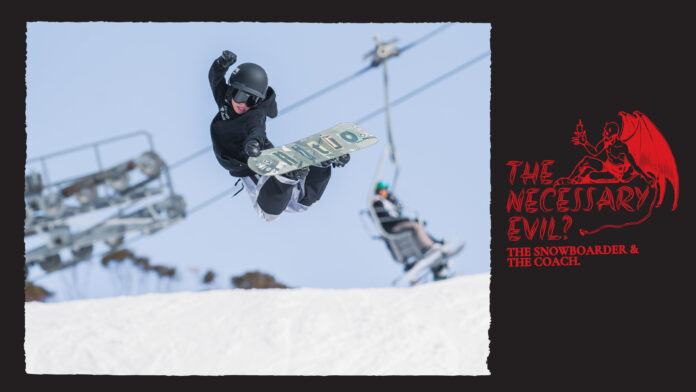Words: Xander
20 years ago, the path to success for a young snowboarder was a fairly predictable one. Ride for a local shop, get picked up by a local rep, win some contests, film some video parts, then ride off into the sunset with a magazine cover or two and couple of stories to tell your kids.
Fast forward to today and we’re in the age of 10-year-old 1080s, energy drink talent feeder programs and international air-bag training camps. It seems as though unless you’re getting coached while you’re still in primary school – there’s not much chance of making the big time. Coaching has a reputation as somewhat of a necessary evil, often criticised by snowboarding’s inner sanctums, and something that’s considered elitist rather than accessible. Is having a coach the only way for a kid to get noticed in this day and age?
Ryan Tiene is one of Australia’s most successful snowboarders to ever strap in – a rider who put backcountry snowboarding on the map for Australia, with countess video parts and magazine covers which culminated in him landing on one of the most iconic and respected snowboard teams in history. Interestingly, his career is one that didn’t involve the X-Games and Olympics, other than commentating them, but rather a focus on the aforementioned backcountry and filming route instead of one focused on medals.
He now runs Australia’s premiere youth snowboarding camp, Turn and Burn, and has a balanced and honest grasp on what’s needed to breed to the next generation of champions. We spoke to him to learn more.
I wanted to start by talking about coaching as a whole – it seems like it’s basically mandatory for a kid to have a coach if you want to ‘make it’ in snowboarding, would you agree?
I mean, it’s not mandatory, but It defiantly helps. TAB is a pathway program, so we’re the first step in a path towards becoming a professional snowboarder. Lots of people have done it differently. Since the inclusion of snowboarding in the Olympics, snowboarding has become a performance sport and with that comes a different element of professionalism. You have to start from an early age, and getting to the top is so hard. I think coaching can only help you get there faster.
Is it an option to be self-taught and successful?
The option is there to be self-taught for sure, but like I said, I think it’s just slower. You can be self-taught to play guitar through YouTube and whatnot, but when it comes to snowboarding, I think you need eyes on you. There can be the slightest movement that can change everything – the way you come into a jump, the way you take off, your hips, timing your snap etc. Little pieces that we can pull out of seeing someone snowboard that can help them succeed faster.
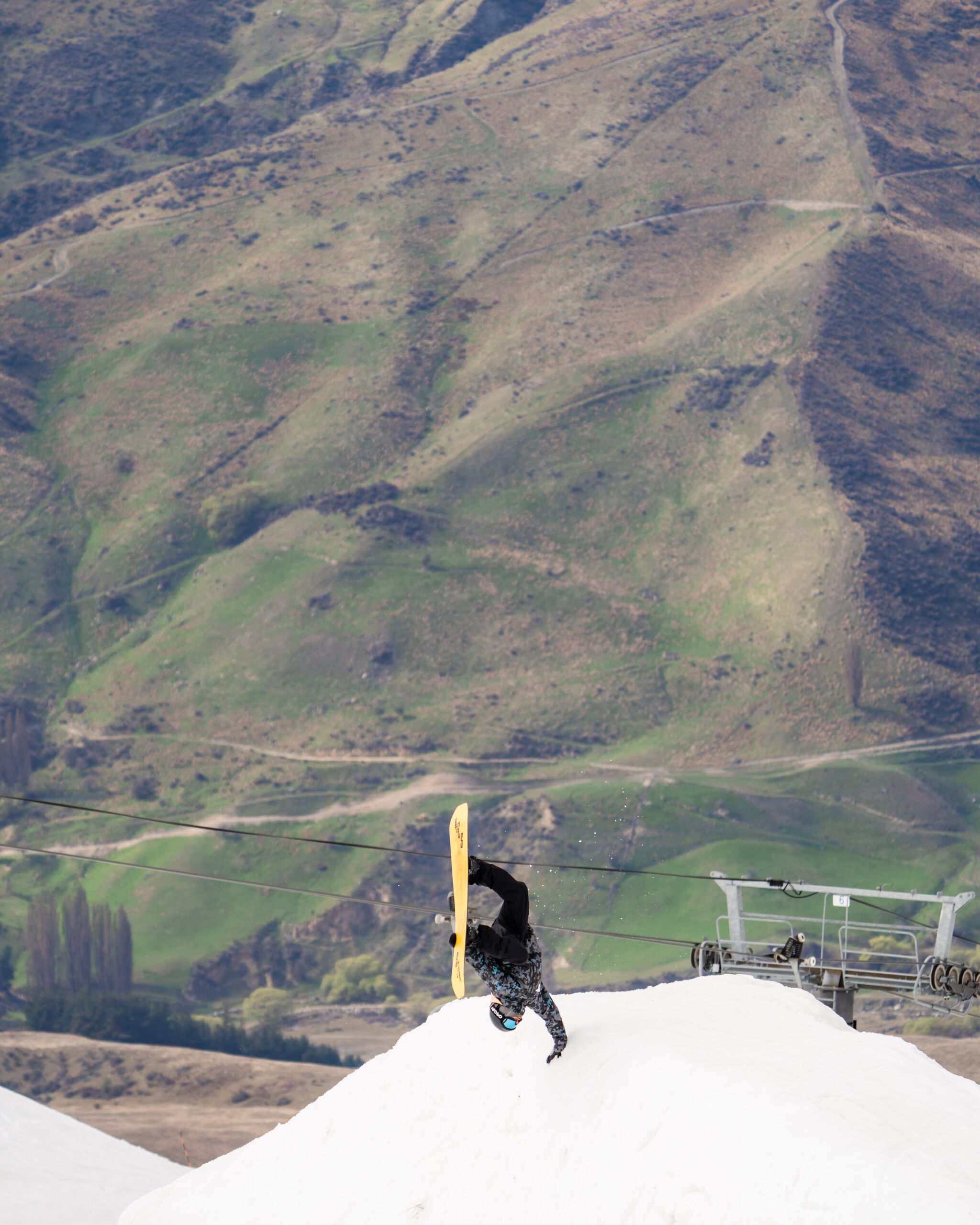
Is there a point where you’re beyond being coached?
I mean, Michael Jordan had a coach, LeBron James has a coach. When you’re at that point, the end of the pyramid, coaching isn’t so much technical, it’s about mindset at that point. You’re not coaching someone to do a certain trick on the day, you’ve already done that work months before, on the day you’re just making sure that their head is in the right space, they feel good and confident and ready to go and perform.
There are quite a few coaches out there from Australia and New Zealand working with the world’s best riders – is there a competitiveness to coaching?
For me, no, it’s always been pretty collaborative and I’m always trying to learn more about my craft and most coaches have been great. I think maybe in that very high-end space, there’s competition for jobs with certain countries and pressure to get results, but that’s not my passion, that’s not where I sit, so I’d be hard-pressed to speak for them. Personally, I’m in the space of making sure that kids love snowboarding and be the best they can be. If I can tick that box, then the world is their oyster, and they can go as far as they want.
You had a successful snowboard career but went down the filming route rather than an Olympic one – do you see that as an option for kids these days?
Well, I think the option wasn’t there for me because slopestyle didn’t exist in the Olympics. I did well in contests locally, winning nearly everything when I was 16, 17 and that set me up to start filming. I was asked to compete in halfpipe because that was the Olympic sport at the time, but my preferred sport was slopestyle so I chose not to. I loved the backcountry, so that’s where I ended up because that was the only real option.
Do you think if that option was on the table now you would have gone down a different route and tried to make the Olympics?
I think the options are harder now. It’s harder to go straight into filming because the world is smaller. Social media has made everything smaller. All the brands have centralised teams and you have to do well in competing at an early age to prove yourself. You can see kids like Val in the backcountry doing triples, I don’t think you get those opportunities without the contests at the start. That was the same for me, just on a local level, and I was able to go film because there was no slope style in the Olympics.
Is there a style guru who you use for inspiration? If you don’t say Devun Walsh I’ll eat my hat.
He was always a huge inspiration. I definitely tried to emulate Devun. I also loved Iikka Backstrom and his style, Mikkel Bang too. There are a lot of great snowboarders with good style – I think nearly everyone competing at a high level has a good style. Mark McMorris, Dusty, Rene, they all have good styles, just different. They’re not doing 18s for fun; they do them because they have to – watch those guys freeride, they’re doing classically stylish trick – front threes, back ones etc – perfectly!
Can you teach style?
Yes and no. You can influence it. I will tell someone if something looks bad, but you don’t want to be too harsh because styles change. The style I look at might not resonate with as many kids. Devun Walsh and Dusty Hendrickson, for example, have different styles. It’s subjective. As long as they’re doing the grabs correctly, we can tweak it a bit, like, “Oh, you can bone that leg out there to make it look cooler,” or, “your board’s tucked underneath, try to get your board out in front of you to tweak that grab,” or, “Push your back leg out there in that spot, and it’ll look really cool.” We can guide style, but each person will do that differently. Style is subjective, so we guide as much as possible, but what’s cool now might be horrible in five years. You have to let them be themselves.
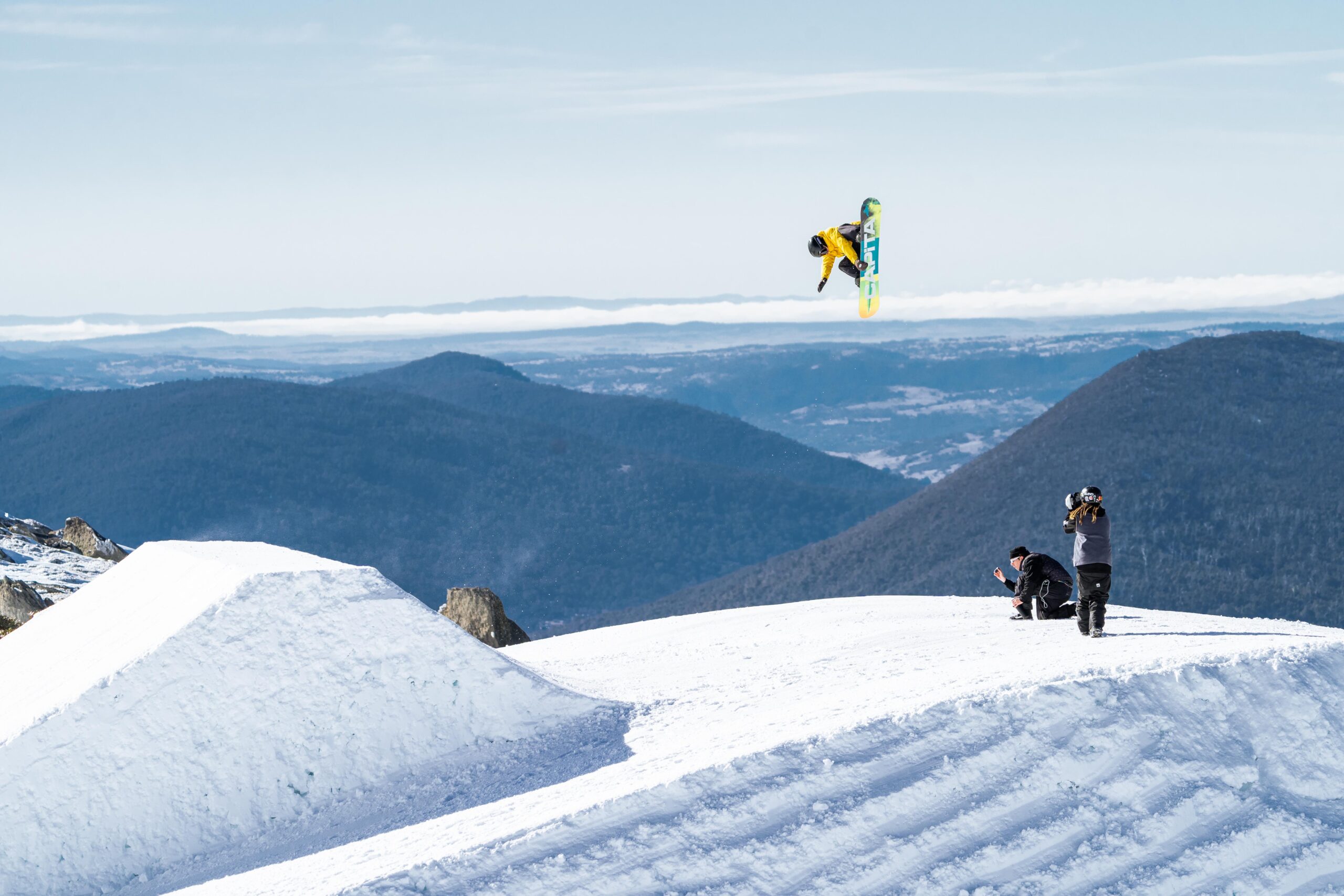
Do you encourage kids to ride pow and side hits?
Yeah, they ride whatever I ride, so they ride the resort lot haha. We don’t want them in the park all the time. If there’s powder around, we’re trying to find it. Side hits, drops, building jumps, doing everything we can. We don’t get those opportunities much in Australia, but all those things carry through to the park. If you can’t hold an edge or you’re not great edge-to-edge it’s going to affect your park run. You must be a great snowboarder to be a great park rider – that’s why the best park riders are incredible all-round snowboarders.
You run Turn and Burn camps – what’s the elevator pitch on why a kid should join?
To be honest I don’t have an elevator pitch. I feel like families and campers choose to do our programs because they have seen the impact on kids that have come before them. Parents have seen the value in us over the past 8 years and we are continuing to grow. My pitch would be to ask some kids and parents that have done our programs in the past. That’s your best source of the truth.
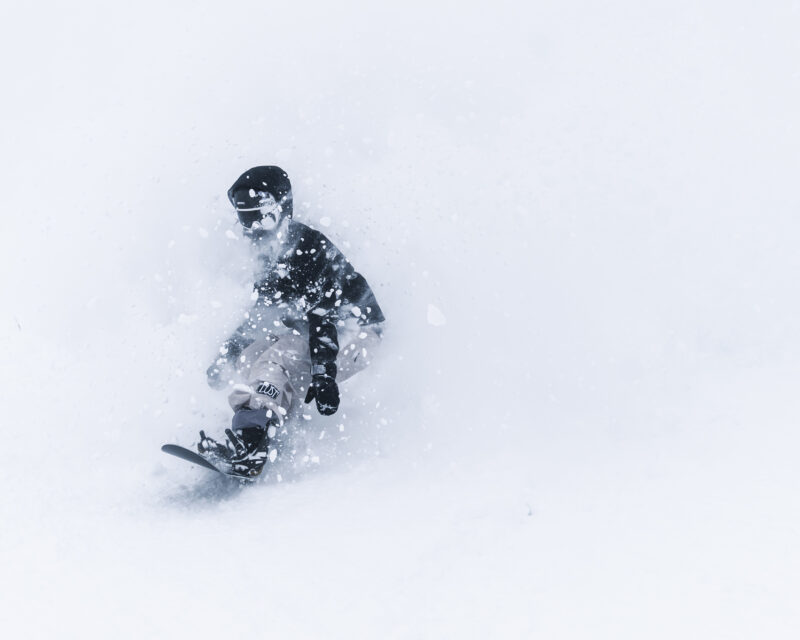
Is it just for wealthy families?
Well, I think snowboarding is for wealthy families in general. Yeah, unfortunately, it’s hard and everything’s expensive. We do our best, but we have bills – we live in the same world as the people that are paying to do the programs. Yes, it’s expensive, but it’s expensive just to go to the snow for a week, even if you don’t do the program. I think it’s a wider problem in snow sports in general.
How do you navigate the parent / child relationship – I’m sure you have to deal with pushy parents at times. Is honesty the best policy?
I try and be upfront immediately. If parents are hanging around a little too much, there’s
a whole other added element of pressure and it affects our job, and more importantly the kid. So we jump onto that pretty early and we haven’t really had that many problems. I think parents trust
us. In saying that if they want to be the coach, that’s also completely fine, but don’t employ us to do it.
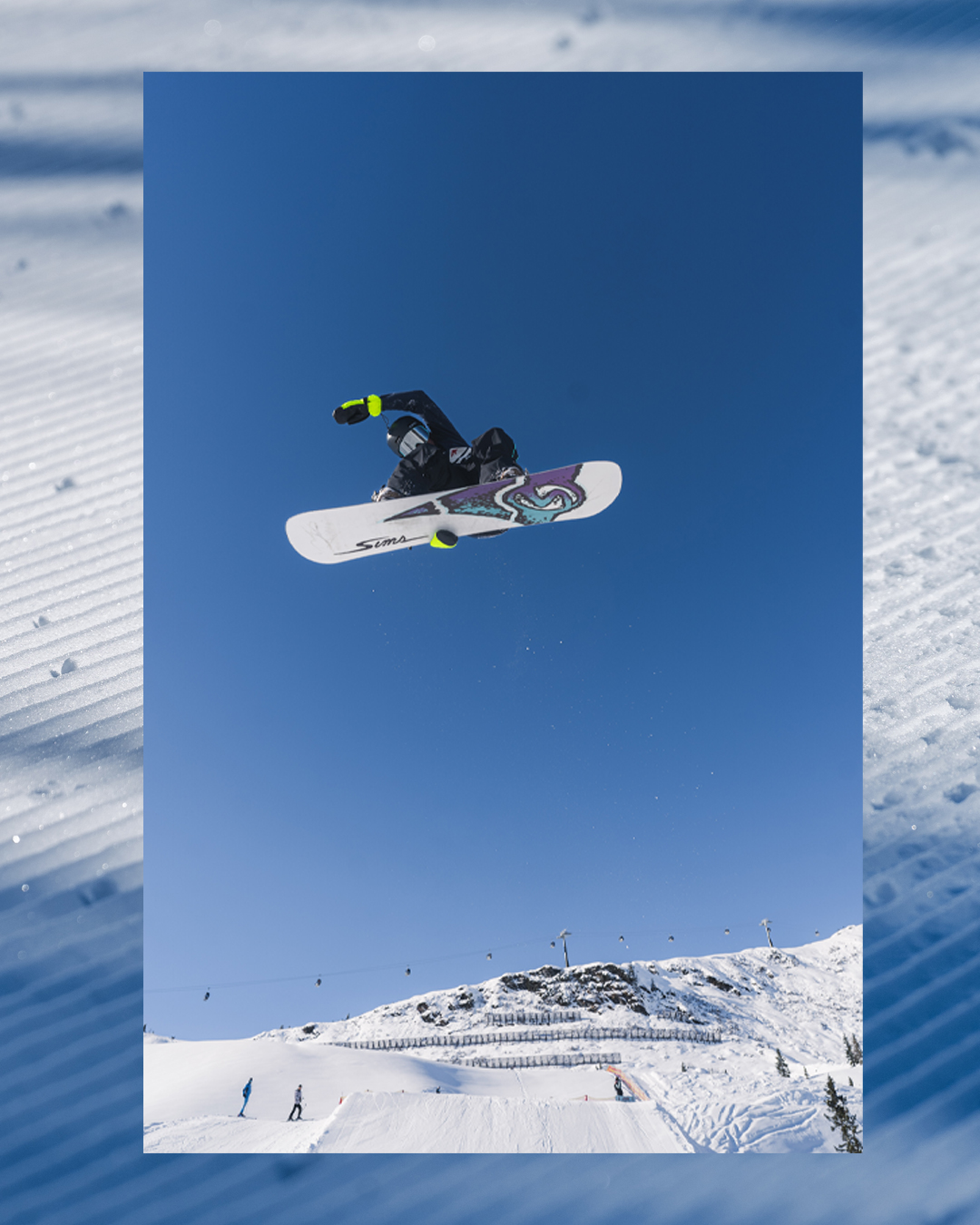
What about their expectations around trick progression?
We might be looking five steps ahead but trying to fix things now. Yep, maybe they can do a 720, but maybe we’re trying to fix that takeoff because I’m trying to look at a 1440 or an 1800. I’m looking way down the line. Sometimes parents are like, “why are you doing that, they can already do that trick” but we’re looking further down the line and not just for a result today. We’re looking for long-term results.
Do you see talent early and know if a kid’s going to make it or is it something you can foster?
I mean, I think you can see it a little bit, but there are so many things that can happen on the journey that can change the direction quite fast. It could be an injury, it could financial hardship and they can’t be on snow as much. There are lots of things that can change the trajectory along the way. Fear is the hardest thing to coach and we have a mindset and performance coach that we work with to help. Our sport is scary, right? It’s not easy, so I understand that there’s fear and fear can hamper success. I feared my whole career – but you learn how to deal with it. In short, having those attributes early is definitely a good indicator if they have what it takes to get to that high performance level. In saying that I have also seen kids work through their mental hurdles and become beasts.
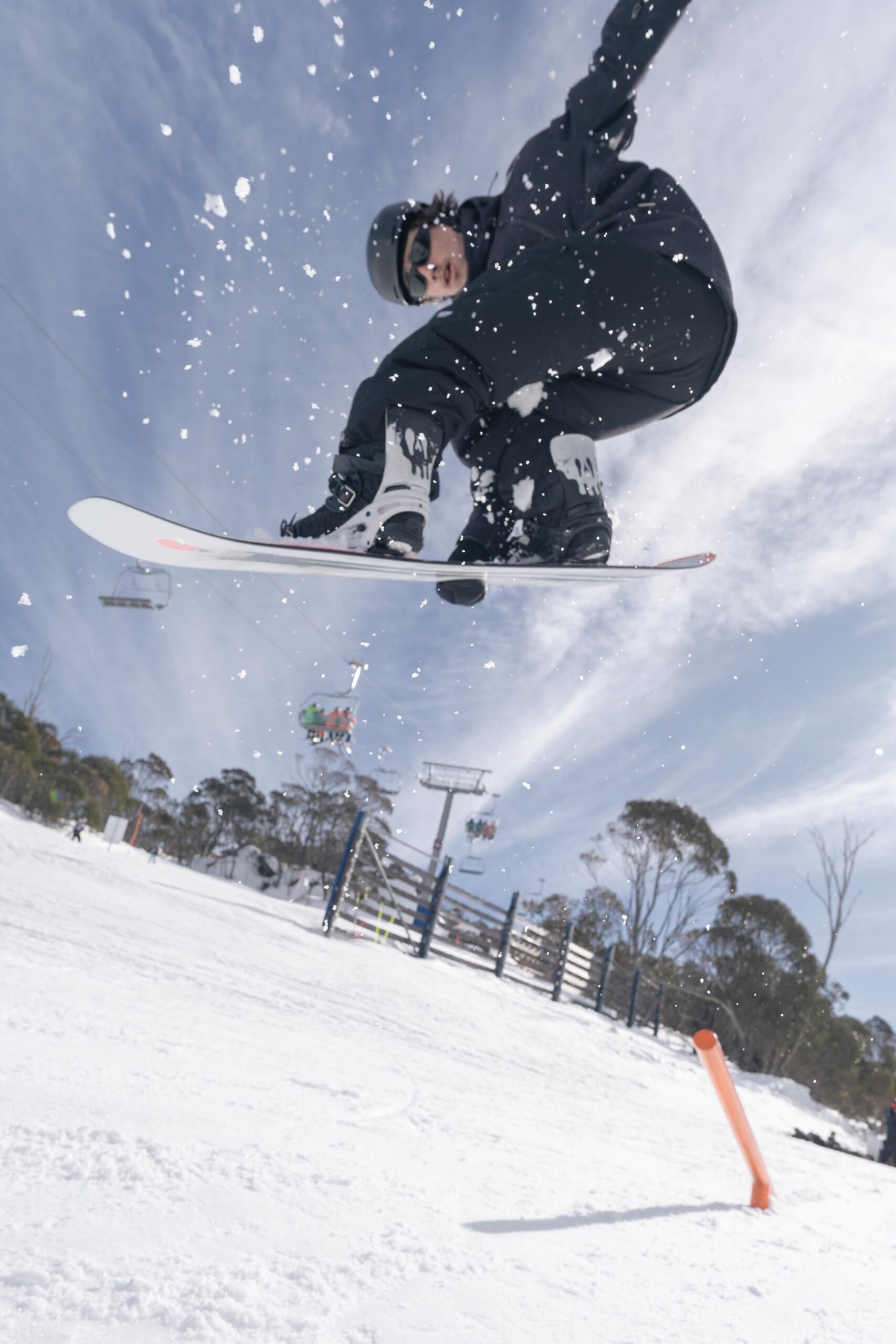
Is that something that the readiness camp helps out with, the mental side of sport and snowboarding?
Well, that’s what we’re trying to do: give the kids skills to deal with all those problems. I had a lot of psychological fear as a professional athlete and I think that’s probably half the reason why I ended up in the backcountry. I didn’t want people to watch me snowboard as soon as I had those stickers on my board and people thought I had to snowboard at a certain level all the time. I was like, I can’t fall, you know? So I actually stopped my progression quite fast and I noticed that in a lot of kids that we are coaching, especially around that ETP and kids that were getting sponsored early. So we just to try and give them the tools and have the conversations, and teach them the only way to get better is to fall over.
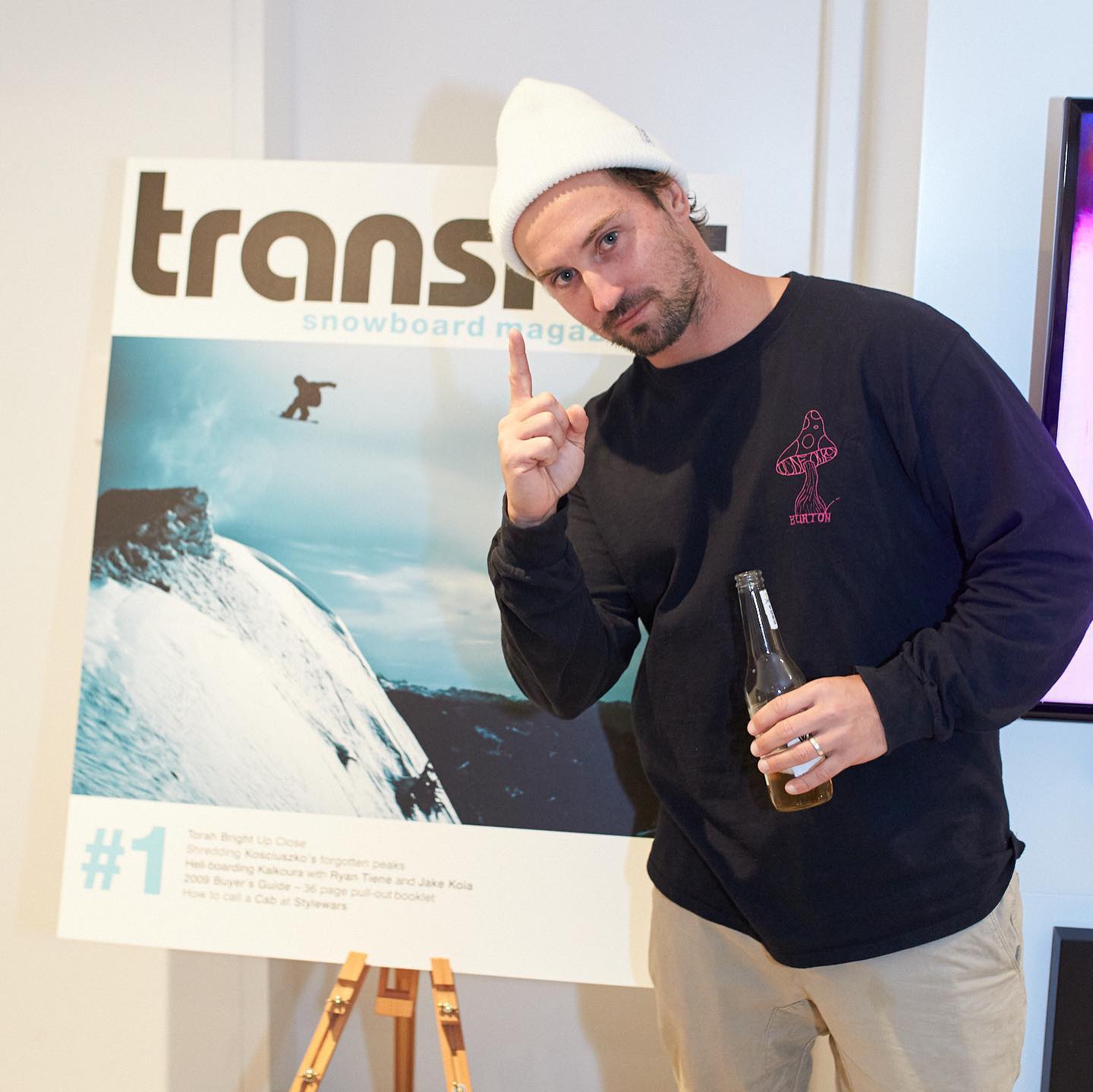
You talk a lot about foundations – can you explain a little bit about what the pyramid is?
I guess it’s like building a house. If you don’t have a solid foundation at the bottom, there’s no way that you can add the top cornerstone to the building. You’ve got to start with your fundamentals – how you stand on a snowboard, how you move your body, how you turn. From there, you start doing grabs, then 180s, then 360s. Each 180 leads into another 180, which leads into a 360, and then you add a 360 into a 180 like a switchback 540, for example. If you have all the pieces, you can just link them together as you go up.
So how does a kid get to the Olympics?
Find the gaps and be unwavering in trying to fill them. Your ‘why’ has to be strong because people will tell you that you can’t do it the whole time you’re chasing it. So you have to be determined and willing to put everything on the line. You have to make sure that the love of what you’re doing is the reason why you want to be at the top. If you’re chasing the result and the feeling of winning, not the effort required or the process of getting there, then it will be hard. You’re not chasing the result; you’re chasing the feelings associated with it. If you wrap your whole career around the result, it will be hard. You need to wrap yourself around the effort.
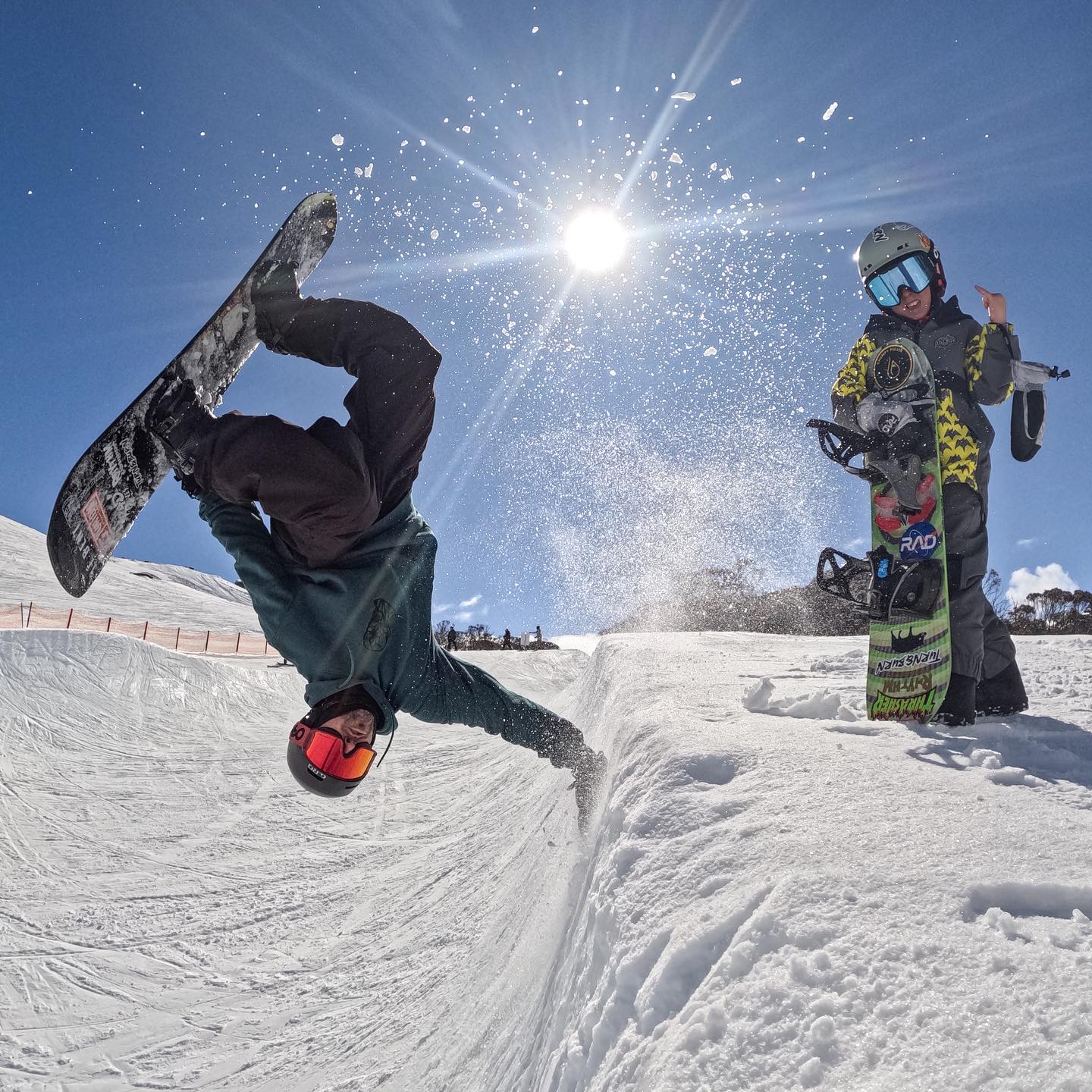
To learn more about Turn and Burn, check out Turn and Burn and keep up with Ryan at @ryantiene.

